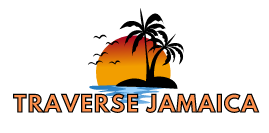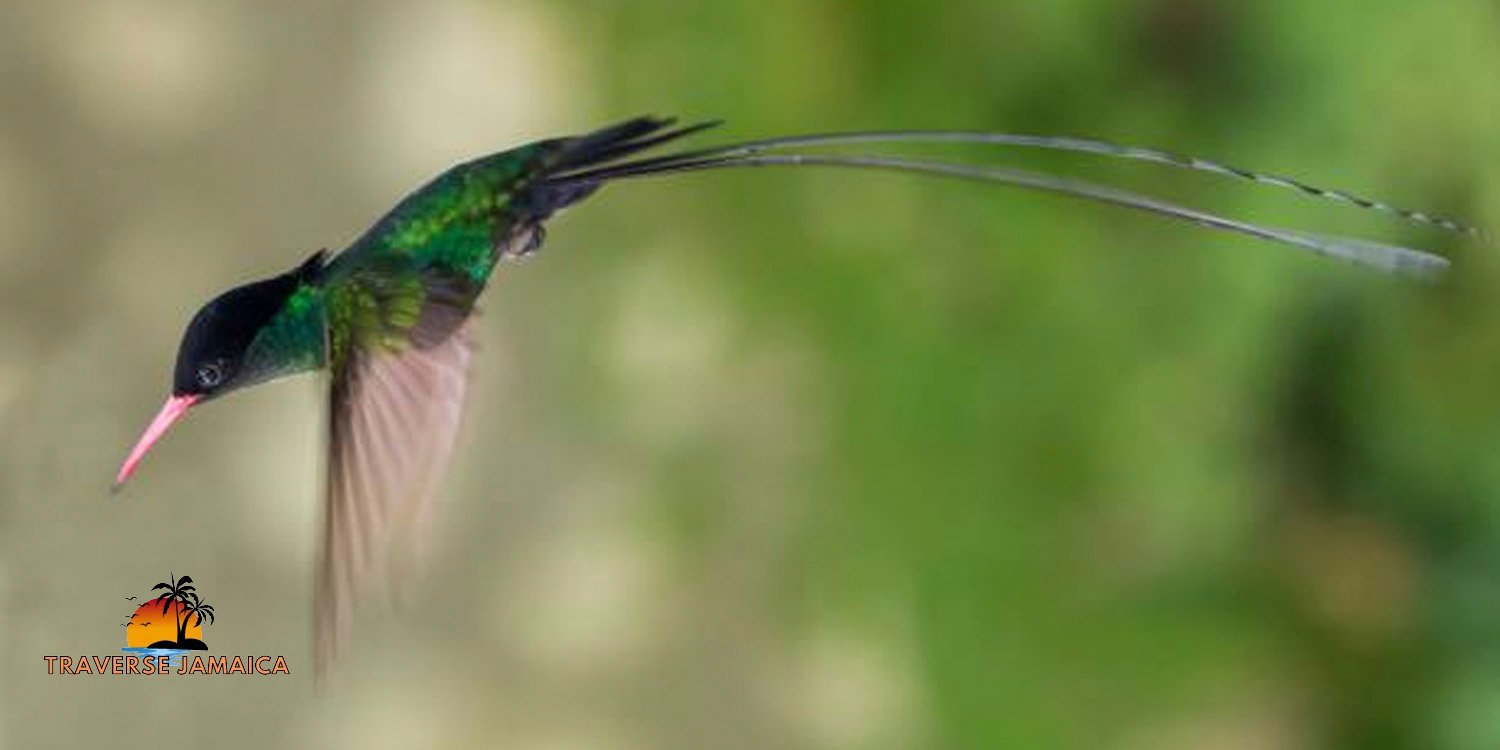Birdwatching in Jamaica: Top Spots to See Native Birds
Jamaica isn’t just about beaches and reggae. For birdwatchers, it’s a goldmine. This Caribbean island is home to over 300 bird species, including 30 endemics found nowhere else in the world. Whether you’re a seasoned birder or just curious, Jamaica offers unbeatable opportunities to spot rare and beautiful birds in their natural habitat.
Here’s a rundown of the best birdwatching spots across the island—and the standout species you can expect to see.
1. Blue Mountains & John Crow Mountains National Park
What to expect:
This UNESCO World Heritage Site is Jamaica’s most biodiverse region. The elevation and untouched forests make it a hotspot for endemic birds.
Birds to watch for:
-
Jamaican Blackbird (a rare endemic that feeds on tree bark)
-
Blue Mountain Vireo
-
Crested Quail-Dove (locally known as “Mountain Witch”)
-
Ring-tailed Pigeon
Insider tip:
The Hardwar Gap area near Newcastle is one of the best accessible entry points for birdwatchers. Start early in the morning—bird activity spikes at dawn.
2. Cockpit Country
What to expect:
This rugged, limestone karst region in western Jamaica is remote and hard to navigate—but worth the effort. It’s one of the last strongholds for several threatened species.
Birds to watch for:
-
Jamaican Owl (best spotted at dusk)
-
Jamaican Lizard-Cuckoo
-
Chestnut-bellied Cuckoo
-
Black-billed Parrot and Yellow-billed Parrot
Insider tip:
Hire a local guide. Trails here are not well-marked, and experienced birding guides like those from Windsor Research Centre can help you navigate and identify birds more easily.
3. Royal Palm Reserve, Negril
What to expect:
This peaceful reserve in western Jamaica offers a mix of wetlands and forest. It’s less about endemics and more about diversity—great for beginners.
Birds to watch for:
-
West Indian Whistling Duck
-
Jamaican Woodpecker
-
Bananaquit
-
Smooth-billed Ani
Insider tip:
Bring insect repellent. The wetlands are buzzing with birds—but also with mosquitoes.
4. Mason River Protected Area
What to expect:
Located in Clarendon, this lesser-known area includes wetlands, grasslands, and rare peat bogs. It’s a magnet for both endemic and migratory birds.
Birds to watch for:
-
Jamaican Elaenia
-
Jamaican Becard
-
Rufous-tailed Flycatcher
-
Grasshopper Sparrow (winter migrant)
Insider tip:
The area is protected but not commercialized, so access can be tricky. Contact the Jamaica Conservation and Development Trust (JCDT) for updates on visiting.
5. Rocklands Bird Sanctuary, Montego Bay
What to expect:
This is a hands-on experience like no other. At Rocklands, birds are so used to humans that they’ll eat sugar water from your hand.
Birds to watch for:
-
Jamaican Mango (hummingbird)
-
Red-billed Streamertail (Jamaica’s national bird, known as the Doctor Bird)
-
Orangequit
-
Grassquit
Insider tip:
Great for up-close photography and family visits. Don’t skip the short guided tour—they share great info about each species.
Best Time for Birdwatching in Jamaica
Birding is great year-round in Jamaica, but November to April is peak season. That’s when migratory birds arrive, and the weather is driest—ideal for hiking and spotting species in open canopies.
Gear & Tips
-
Binoculars: A good pair is essential. Don’t skimp.
-
Field guide: Grab a copy of Birds of Jamaica by Ann Haynes-Sutton.
-
Clothing: Light layers, long sleeves, and neutral colors help you blend in and avoid bites.
-
Guides: Go with a local birder if you’re heading off the beaten path. They know the calls, the nests, and the hiding spots.
-
Apps: eBird and Merlin Bird ID by Cornell Lab can help track and identify birds in real-time.
Final Word
Jamaica is one of the most accessible places in the Caribbean to see endemic birds. With just a few days and the right spots, you can tick off more than two dozen species you won’t find anywhere else on Earth. Whether you’re deep in the Blue Mountains or sipping coffee while a hummingbird lands on your finger, the island delivers unforgettable birding moments.
So pack your binoculars, book a flight, and get ready to meet the real rock stars of Jamaica—the birds.









